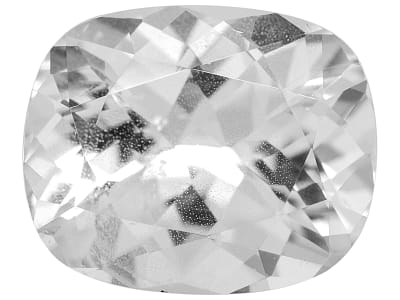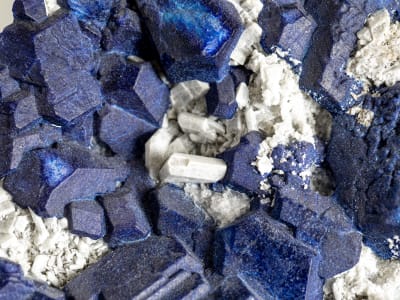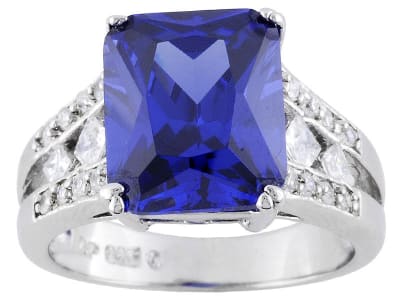Forsterite is a colorless to greenish transparent member of the olivine mineral family, which also includes peridot. Forsterite has a heavy magnesium chemical composition and large crystals are not common, but they are highly sought after by collectors.
General Information
LWUV: Inert to weak orangy white
Alternate Names
Synthetic Forsterite, Tanzanite Simulant
Countries of Origin
Unknown; Tajikistan
Creation Classification
Lab Created
Synthetic forsterite (a variety of olivine) is produced by a process called the Czochralski method. Material containing the elements that make up the mineral forsterite (magnesium, silicon, and oxygen) are melted in a platinum crucible. A small forsterite crystal (called a seed) that is attached to a rod is then dipped into the melt and slowly pulled away as the crystal grows around the seed. For this reason, the Czochralski method is also known as crystal pulling. Synthetic gems have the same chemical, optical, and physical properties of their natural counterparts, but are a more cost-effective alternative to a natural gem.
LWUV: Weak chalky orangy yellow



